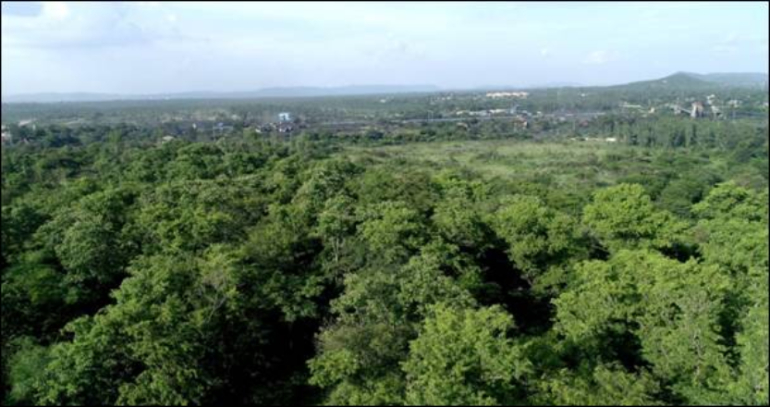As part of sustainable greening initiatives, coal/lignite PSUs have started conducting comprehensive plantation programs with native species at various sites.
Collaborating closely with corporations and state forest departments is crucial for the success and sustainability of reclamation efforts, ensuring the selection of optimal species for plantations.
These include overburden dumps, haul roads, mine peripheries, residential colonies, and outside lease areas. The entities have partnered with scientific institutions for specialized knowledge support for plantation endeavors to expedite the creation of eco-restoration locations and execute multi-level plantation plans.
The plantation program:
The plantation program encompasses various tree species, including shade, forestry, fruit-bearing, medicinal, timber, and ornamental trees, providing diverse benefits.
Fruit-bearing species and medicinal plants contribute to socioeconomic benefits and biodiversity conservation in local communities. Timber Value Trees include Sal, Teak, Shivan, Ghamar, Sissoo, Kala Sirus, Bamboo, Peltoforam, Babool. The fruit-bearing species are Jamun, Imli, Ganga Imli, Bel, Mango, Sitaphal, etc. The list includes herbal/medical plants like Neem, Karanj, Aonla (Amla), and Arjun, and ornamental/avenue plants like Gulmohar, Kachnar, Amaltas, Peepal, and Jharul.
Some examples:
Coal/lignite PSUs have planted over 235 lakh saplings in CCL’s NK Area over five years, increasing the carbon sink. Satellite surveillance tracks reclamation performance. The Miyawaki plantation method, developed by Japanese botanist Dr. Akira Miyawaki, aims to improve green space and establish dense forests in ten years, a process that typically requires a century.
MCL in Subalaya village, Sundergarh, is using the Miyawaki method for planting various species in two patches at a density of 8000 saplings per ha in the Kulda OCP, with coal/lignite PSUs currently occupying 15 ha of the Miyawaki plantation.
Significance of the Miyawaki technique:
The Miyawaki technique involves growing multilayered forests with two to four native tree varieties per square meter, mimicking native forests’ biodiversity. This method requires no maintenance, allowing trees to grow self-sufficiently in three years, promoting overall health and carbon sink. Trees, due to their rapid growth, contribute significantly to the production of carbon sinks.
Miyawaki plantation initiatives mitigate mining’s ecological impact, restore biodiversity, enhance ecosystem services, create carbon sinks, provide livelihoods, and promote sustainable development, preserving green, resilient landscapes for future generations.

